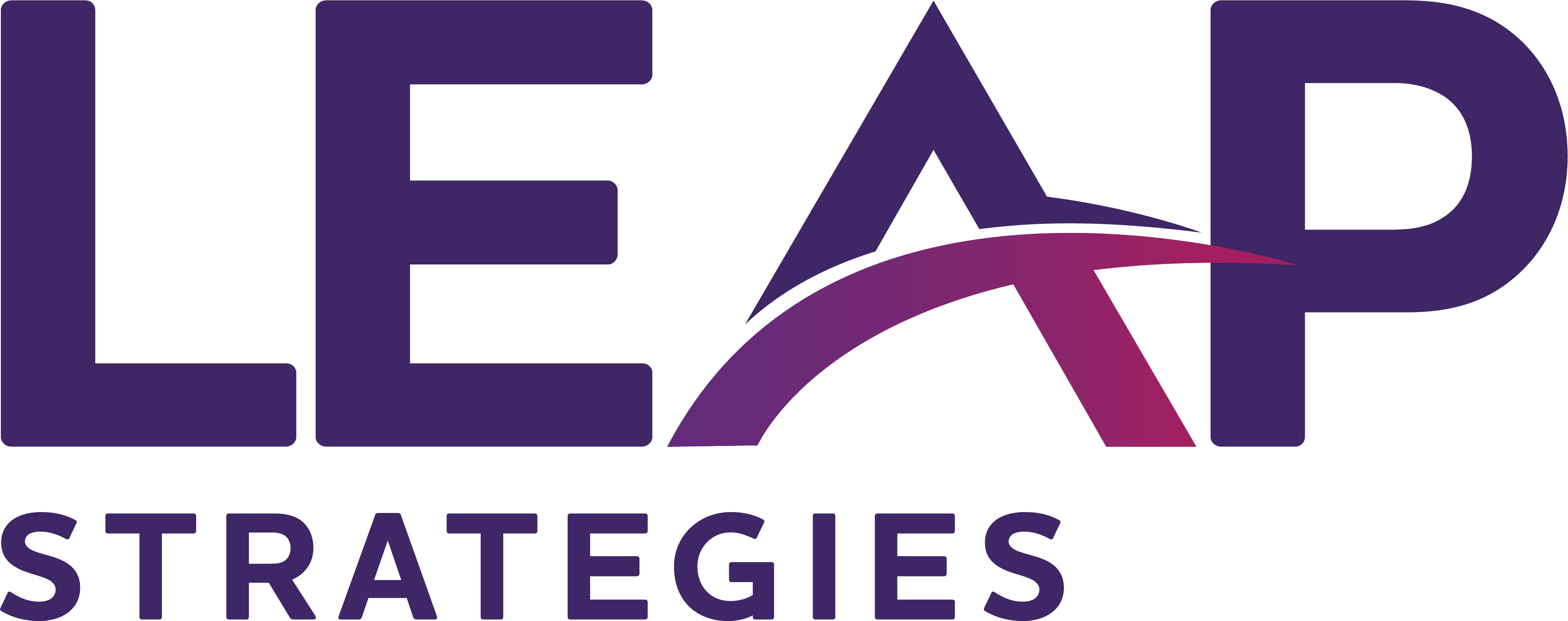Securing SMEs in Australia from Dark Web Threats
Within the internet lies a hidden world known as the dark web – where anonymity reigns and illicit activities thrive. But as mysterious as it sounds, it’s an undeniable threat to businesses, including yours.
But it’s not all doom and gloom; there are actionable, practical strategies to protect your business. So, in this article, let’s talk about
- Dark Web and its Possibilities
- Combating Dark Web Threats
- Strategies for Protection
What is the Dark Web?
The dark web, a hidden segment of the internet accessed via tools like Tor, poses significant risks to Australian businesses. While it has legitimate uses, its anonymity often shelters criminal activities, such as leaking private business data.
Cybercriminals exploit this platform to evade cybersecurity, trading hacked data and coordinating illegal activities. Businesses face serious threats as personal, financial, and proprietary information is sold here, risking financial loss, legal issues, and reputational harm.

What Kind of Threats Does the Dark Web Impose?
The dark web, a hidden internet part accessed through tools like Tor, significantly endangers Australian businesses. It harbors criminal activities under its cloak of anonymity, including the leak of business data.
Cybercriminals exploit it to trade stolen data and plan illegal acts, evading cybersecurity. The sale of personal, financial, and business information here threatens businesses with financial, legal, and reputational risks.
Data Breach and Theft
The dark web, a marketplace for stolen data, poses risks of identity theft and fraud.
Cybercriminals exploit the dark web for financial gain and causing reputational damage to individuals and businesses.
Malware and Ransomware
The dark web, a hotbed for malware like ransomware, can lock businesses out of their systems, enabling complex phishing schemes that trick employees into compromising sensitive information or funds.
DDoS Attacks
The dark web can orchestrate DDoS attacks on businesses and enable corporate espionage and sabotage by competitors.
Internal Security Risks
The Dark Web being a marketplace means the insiders within a company can sell access or sensitive information, becoming a significant insider threat.

Strategies for Protection Against the Dark Web
Protecting a business from dark web threats requires a multifaceted approach, akin to growing a tree’s branches. The recent significant data breach at Medibank, affecting millions, highlights the severity of these threats.
Cybercriminals dumped vast amounts of personal data on the dark web, posing a significant privacy and security invasion. This incident raises the question: could your organization be next?
That said, you’re essentially looking to adopt the following strategies:
Dark Web Monitoring
Specialized dark web scanning services can detect leaked company information, alerting businesses to compromised credentials or customer data.
Immediate actions, like password resets or customer notifications, can be taken as preventative measures.
The service also needs to guide the following steps:
- legal actions
- public relations management
- Internal security audits for comprehensive protection

Cybersecurity Measures
Robust cybersecurity infrastructure is your first line of defence. This includes optimising for the following aspects:
Firewalls
Purpose
monitor network traffic and block unauthorised access.
Frequency
Continuous monitoring with regular configuration reviews.
Antivirus Software
Purpose
Protects against malware and other virus threats.
Frequency
Real-time scanning with daily virus definition updates.
Email Filtering
Purpose
Screens incoming emails for phishing attempts, spam, and malicious links.
Frequency
Real-time scanning with regular updates to filtering criteria.
Intrusion Prevention Systems
Purpose
Detects and prevents attacks by monitoring network activity for malicious behaviour.
Frequency
Continuous monitoring with regular
signature updates.
Software Updates and Patches
Purpose
Fixes security vulnerabilities to prevent exploitation by attackers.
Frequency
Released by software vendors immediately for critical updates.

Implement a layered security approach, starting with endpoint protection and network security tools like Intrusion Detection Systems (IDS) for traffic monitoring. Secure email with phishing and malware filters, and regularly conduct vulnerability assessments and penetration tests.
Access Controls and Authentication
Ensure only authorised personnel can access sensitive information. The following should be your standard practices:
Implement an identity and access management (IAM) system to control user access to critical information within your organisation. You aim to ensure that a stolen password alone is insufficient for an attacker to gain access.

Zero-Trust Model
A perfectly functioning piece of code can disguise threats. It may sound extreme, but it’s possible. The zero-trust security model assumes that threats can exist outside and inside the network; therefore, you can’t trust anyone.
Everyone trying to access resources must undergo verification. This minimises insider threats and hinders lateral movement by attackers post-perimeter breach. This usually includes the following steps:
Creating Isolated Zones
Segment your network into smaller zones, each with tailored security policies, such as stricter access controls for sensitive financial data and relaxed measures for less critical areas like blog posts.
Strict Access Controls
Define access conditions for each micro-segment, managed by a central control plane enforcing policies based on user roles, device compliance, and contextual factors.
Encrypting Traffic
Encrypt data in transit between network segments to thwart eavesdropping and ensure its security through proper decryption key usage.
Authentication and Authorisation
Before accessing segment resources, each user or device must undergo authentication to verify identity, followed by authorisation to determine access rights.
Encryption of Access Requests
Encrypt traffic and securely transmit access requests to prevent tampering, using secure protocols and verifying identities to avoid spoofing.

Ready to Take Control of Your Cybersecurity?
SMEs in Australia are increasingly at risk from the dark web. Don’t let your organisation become a statistic. Browse our blogs and insights on Dark Web Scanning, or contact us directly for a free consultation tailored to your unique needs.
Don’t wait; act now. We are your robust ally in the fight against unseen digital threats. Take the next step towards a more-secure future.




